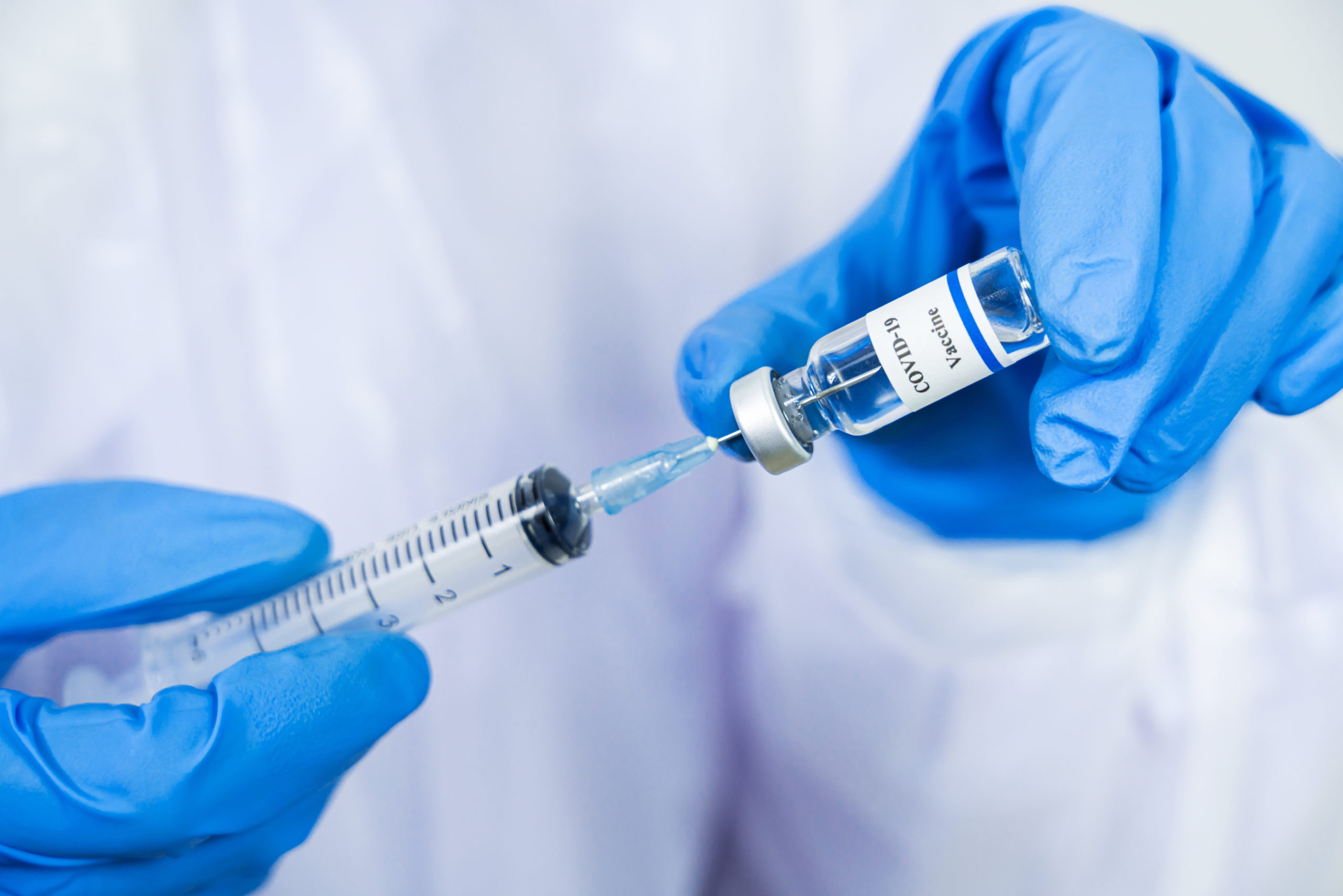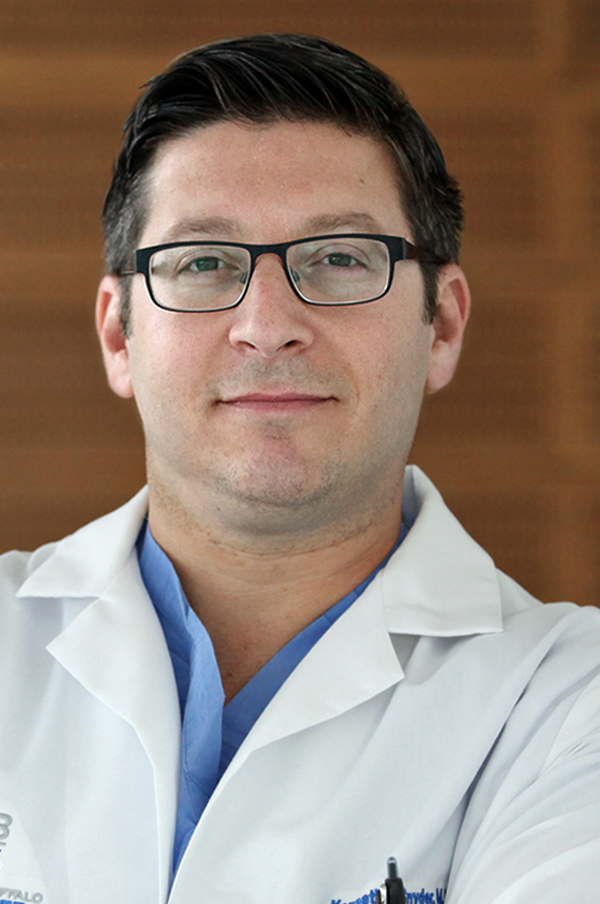by Kenneth V. Snyder, MD, PhD
We should all feel encouraged to know that researchers worldwide are working around the clock to develop a vaccine that will protect us from SARS-CoV-2, the virus causing the COVID-19 pandemic. According to the online resource, Regulatory Focus, 32 vaccines are under development. Still, experts say it will take approximately 12 to 18 months to bring a successful vaccine to market, providing all goes smoothly.
At the forefront of the effort is Operation Warp Speed (OWS), a public-private partnership working to facilitate the development, manufacture, and distribution of COVID-19 treatments and vaccines. Working together are the US Departments of Health and Human Services, the Centers for Disease Control, Federal Drug Administration, National Institutes of Health, the Biomedical Advanced Research and Development Authority (BARDA); the Department of Defense; private firms; and other federal agencies, including the Department of Agriculture, the Department of Energy, and the Department of Veterans Affairs. The partnership involves more than 18 biopharmaceutical companies.
Operation Warp Speed is being led by Dr. Moncef Slaoui and General Gustave F. Perna. Dr. Slaoui has a Ph.D. in Molecular Biology and Immunology, serves as Board Chair of GlaxoSmithKline Research and Development, and has a portfolio of 48 successful vaccines including 14 new vaccines in 10 years. General Gustave F. Perna has been the Army’s Deputy Chief of Staff and has overseen policy and procedure used by all armies throughout the world. Dr. Slaoui will help lead the ACTIV (Accelerating COVID-19 Therapeutic Interventions and Vaccines) program while General Perna will focus on supply chain, production, and distribution.
The US government has chosen three of the vaccines currently being studied to fund Phase 3 trials under OWS. They are Moderna’s mRNA-1273 in July, The University of Oxford and AstraZeneca’s AZD1222 in August, and Pfizer and BioNTech’s BNT162 in September, with almost $500 million in funding for Moderna alone.
Moderna
Moderna’s mRNA vaccine approach is quite novel and has stimulated a great deal of scientific interest, including theoretical questions on the role of shedding dead viral mRNA once someone clears the virus. The SARS-CoV-2 virus is basically a soap bubble with sticky proteins on the outside and mRNA code on the inside. The virus needs all parts infect someone. Once the virus injects its mRNA into a cell it hijacks the cells’ protein synthesis and packing abilities to produce many copies of itself, attempting to hide from the immune system and eventually kill off the cell.
Classically, vaccines have been produced by letting a virus infect chicken eggs, and then either killing off the virus and then injecting the whole dead virus into someone so that their immune system can react to the foreign sticky proteins on its surface, or by allowing the virus to infect the chicken eggs for long periods of time so that it eventually adapts and becomes very good at infecting chickens rather than humans. This is how the virus is deactivated or modified and then injected into humans to trigger an immune response. This is a live virus.
Moderna’s approach is unusual in that it is throwing out the soap bubble and the sticky proteins and focusing on the messenger RNA itself. Without the other two elements, the mRNA cannot infect someone. This method exploits an underlying mechanism of our immune system to use Antigen Presenting Cells whose job it is to take little bits of mRNA or DNA it finds floating around in the body, transcribing them, and using the immune system to check if they are foreign or host. These cells are located throughout the body, including the gut. By doing this the body can mount an immune response without ever being exposed to an infective virus. It also saves all the production time and resources required to use eggs.
Prior methods would require one egg for one dose of vaccine. Messenger RNA or mRNA transfers instructions stored in DNA to make the proteins required in every living cell. Moderna uses mRNA medicines to instruct a patient’s own cells to produce proteins that could prevent, treat, or cure disease. Working with the National Institute of Allergy and Infectious Diseases, directed by Dr. Anthony Fauci, Moderna has completed Phase II of the Moderna clinical trial, which enrolled 600 healthy volunteers divided into two age groups — ages 18 to 55, and ages 55 and older. Early this month, Phase III will evaluate the vaccine’s effectiveness in a much larger group of people that will be administered in two doses, 28 days apart, to determine how well it works compared to a placebo.
The overall process of vaccine work involves multiple phases. Pre-clinical work involves animal or in vitro studies to determine if the process works. Phase I trials then focus on safely. Patients are given the vaccine and clinical outcomes are not the main endpoint — it is the safety and side effects. Phase II then looks at whether the vaccine does what is it supposed to do. Phase III then takes this to a much larger scale, and once proven in Phase III it can become available for widespread use.
The University of Oxford and AstraZeneca
The University of Oxford and AstraZeneca study is focusing on a COVID-19 vaccine made from a weakened version of the common cold virus (adenovirus) that causes infections in chimpanzees. However, the virus has been genetically changed to make it is impossible for it to grow in humans. This vaccine combines genes of a spike protein designed to trigger the immune system to destroy the SARS-CoV-2 virus. Now in phase III, with 10,260 adults and children recruited, AstraZeneca promises to supply more than two billion doses globally and 400 million doses of the vaccine, with deliveries starting by the end of this year.
Pfizer and BioNTech
Pfizer and BioNTech are testing four vaccines using messenger RNA (mRNA) each with a different combination of mRNA to target antigens to produce antibodies and a variation on the theme of the Moderna mRNA vaccine. Pfizer says the design of the trial allows for the evaluation of the various mRNA vaccines simultaneously in order to identify the safest and most efficient option in a greater number of volunteers, in a manner that will facilitate the sharing of data with regulatory authorities in real-time. The vaccines are initially being tested on people ages 18 to 55, and if found effective, older adults will then be immunized. Pfizer plans to produce hundreds of millions of vaccine doses at manufacturing sites in the US and elsewhere. This multi mRNA method may allow us to protect for potential genetic variations of the virus itself, similar to how the flu vaccine requires guesswork as to the exact strain for the upcoming season. This type of approach may make this irrelevant as you can potentially prepare the body for multiple strains at one time.
So, as we wonder if our lives will ever return to some semblance of normal, we should all take comfort in knowing just how much focus is being directed to making that happen. In the meantime, we must do everything we can to help by adhering to all recommended guidelines, including wearing a mask when physical distancing is not possible. It was written that if 60 percent of people wore a mask 60 percent of the time that we would be able to completely contain this virus.
Kenneth V. Snyder, MD, PhD is Vice President of Quality for Kaleida Health and a neurosurgeon at UB Neurosurgery.













